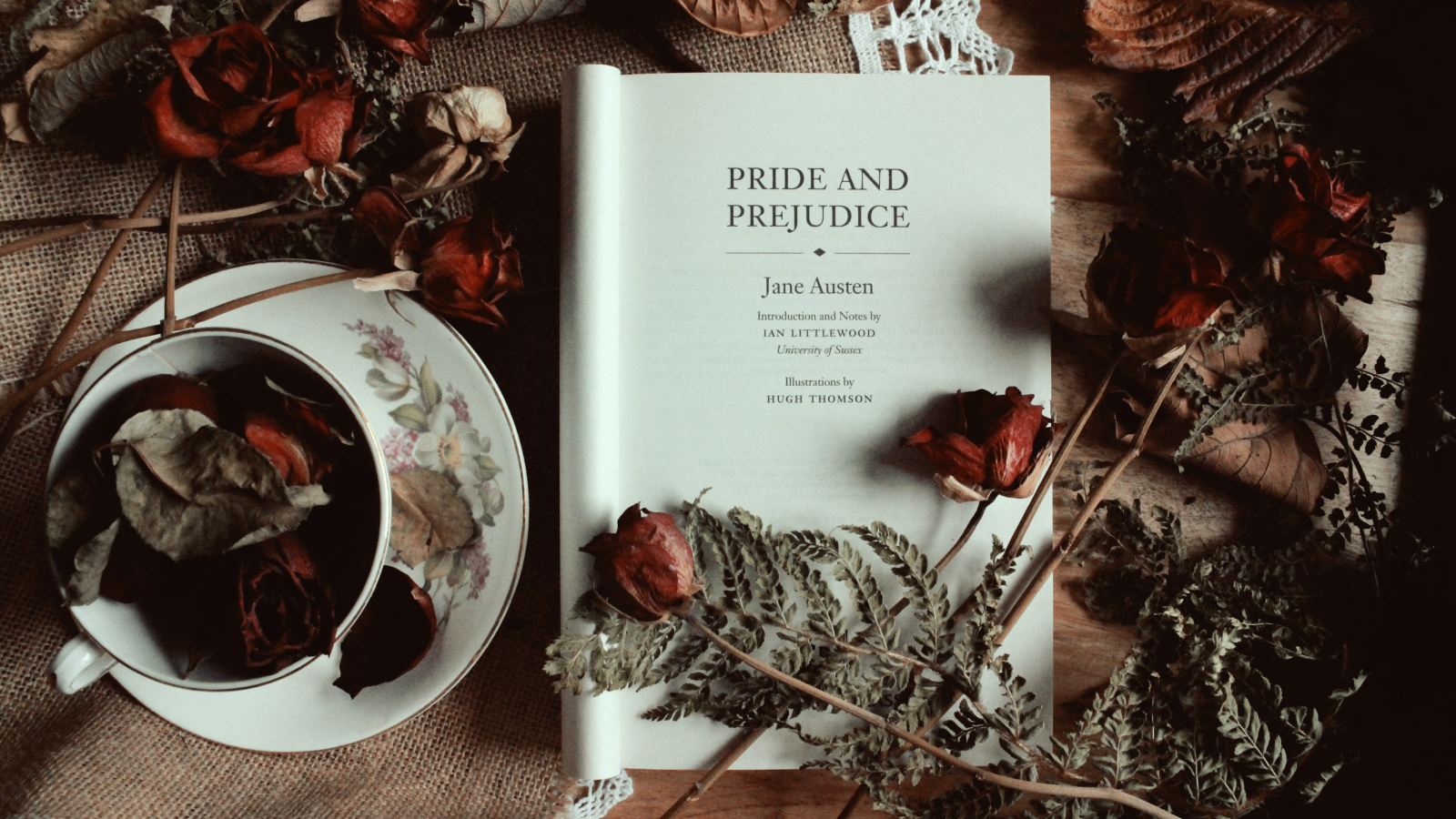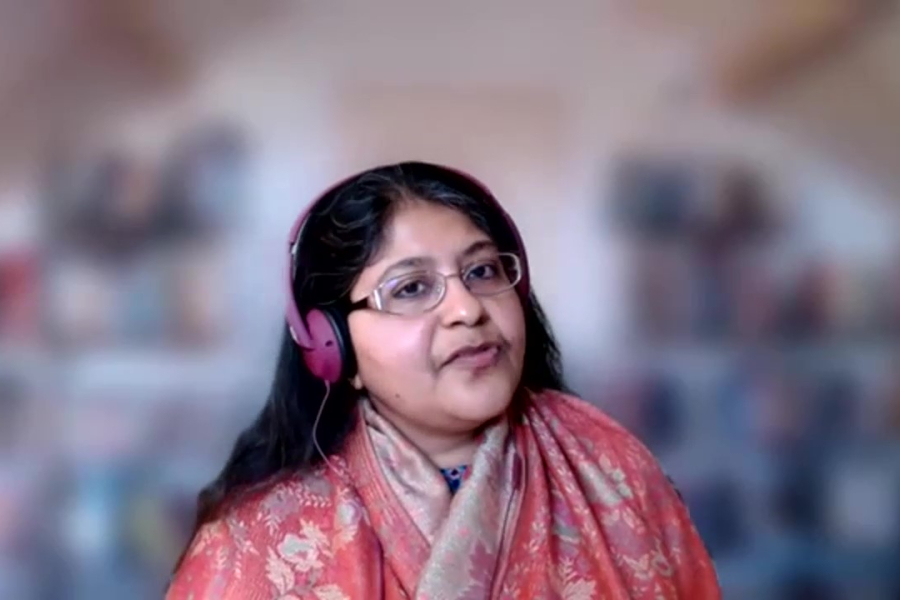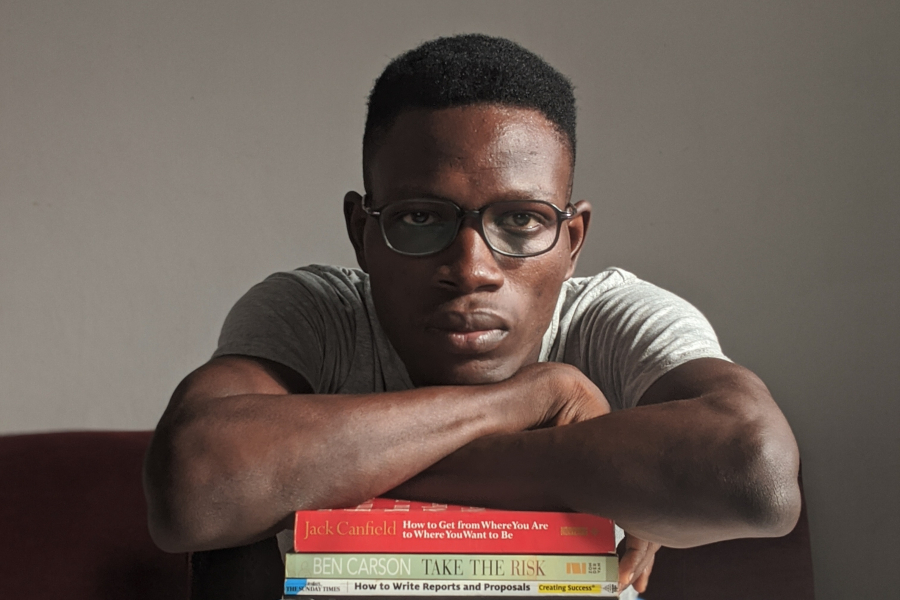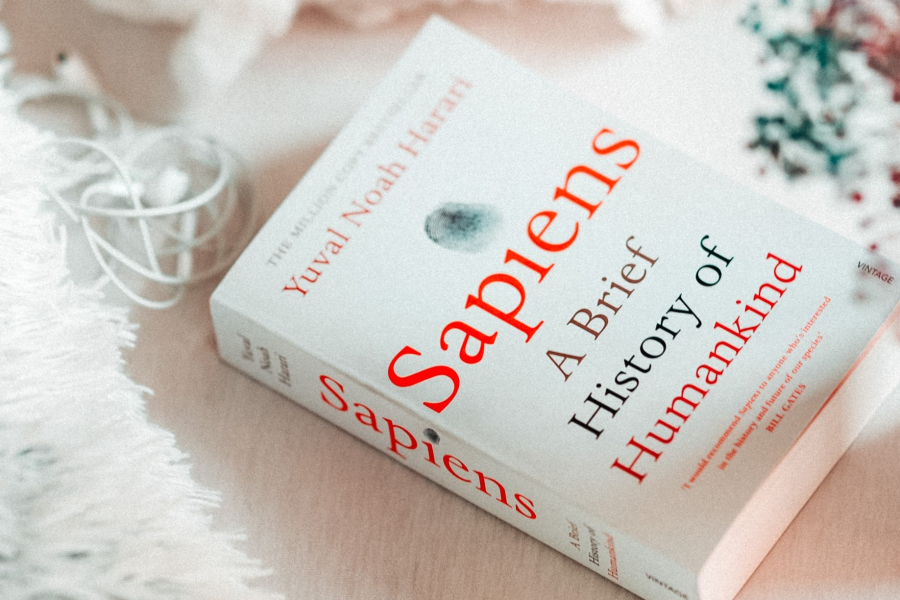Pride and Prejudice is so much more than a romance

The novel Pride and Prejudice (1813) by Jane Austen is, and always has been, a work that many turn to for comfort, pleasure and entertainment. Why is that? Is it the swoon worthy romance between Elizabeth Bennett and Mr. Darcy or is there more to it? Literary scholar Dr. Barnita Bagchi (UU) is someone who understands the appeal of the novel on both a personal and professional level. She first read it when she was ten. "I loved the wit of Jane Austen and the feistiness of her characters".
Bagchi continued studying Austen's work as a literary scholar. That's why we asked her: what are some themes that you can look for in Pride and Prejudice? What makes it a wonderful and witty novel? And what makes Austen such a beloved writer? So, for those who haven't read the novel. For those who are struggling their way through it. Or for those, who simply can't get enough of Austen, here are seven tips:
- Pay attention to the way emotion and intelligence are paired. According to Bagchi, this is one of the most outstanding characteristics of Austen's writing style. There is a lot of 'head' in the novel, where Austen depicts how her characters come to conclusions or overthink their actions. But there is also a lot of 'heart' involved. Everyone experiences intense emotions such as love, malice and rejection. Combined, this is what Bagchi calls the "high emotional intelligence" of the novel.
- Really get to know the characters, through Austen's use of so-called "free, indirect discourse". It means somewhere between the first and third person voice. Jane Austen really pioneered this writing style. Bagchi gives an example. After the confrontation between Elizabeth Bennett and Mr. Darcy, Austen notes "the tumult of her mind, was now painfully great". This form of discourse is a great way to get into the hearts and minds of the characters. And "It's like going through life with a deliciously bitchy and eloquent best friend whispering in your ear".
She really wanted to move away from the traditional implausible, melodramatic versions of female seduction or female virtue.
- Appreciate Austen's attention for detail: whether she describes conversations, small choices or irritations, she desires to represent the lives of middleclass English women in a realistic manner. She really wanted to move away from the traditional implausible, melodramatic versions of female seduction or female virtue.
- Do you struggle to empathize with Lizzie and Darcy? Don't worry! According to Bagchi, there is a "memorable galaxy of side characters" to enjoy. Think about the morally lazy, satirical father of the Bennett family, or the dangerously charming and sexy mr. Wickham.
- Note how friendship and sisterhood are recurrent themes in the book, which is, again, an example of the emotional intelligence of the novel. For example, when Elizabeth Bennett turns down Mr. Collins proposal for marriage because she resists the pressure of marrying an eligible man just because he is wealthy. Her best friend Charlotte Lucas on the other hand, accepts the proposal when Mr. Collins turns to her afterwards. Importantly, this does not pit the women against eachother. Instead, Austen describes both women's arguments for marrying or not marrying as valid moral points of view.

- Think about the position of women at the time it was first published in 1813. Throughout the 18th and the beginning of the 19th century, Bagchi explains, the importance of women's education became more acknowledged in British society and culture. This was of course a positive development, but Austen is critical of the unrealistical demands of women. They had to be educated, accomplished and docile pupils at the same time. Austen's female character Elizabeth reflects this criticism, as she actively resists and mocks these high expectations
- And finally: ponder about the incredible legacy of this novel. Pride and Prejudice spawned numerable spin-offs and adaptations. Some are very close to the original, such as the BBC-series and various movies. Some are more loosely inspired, like Bridget Jones, or the webseries 'Lizzie Bennet Diaries'. Bagchi explains Austen's connections with India as well. Famous writers like Kashibai Kanitkar, and more recent Vikram Seth with A Suitable Boy, have been heavily influenced by Jane Austen. And, of course, there is the film 'Bride and Prejudice'. There are very few books that have such a longstanding and culturally diverse 'franchise'.
Of course there is much more to explore. You can watch the full lecture Jane Austen – Pride and Prejudice.












